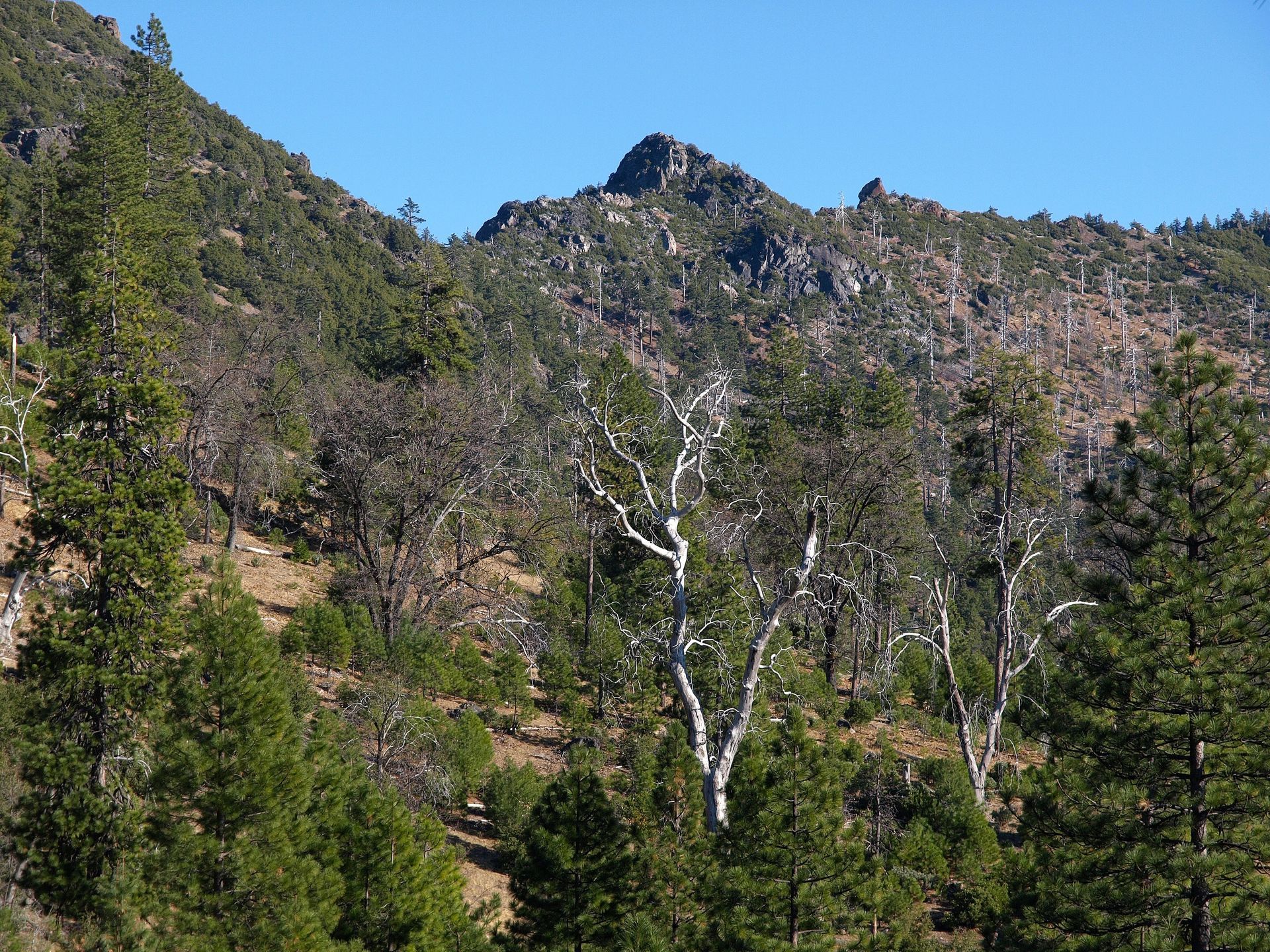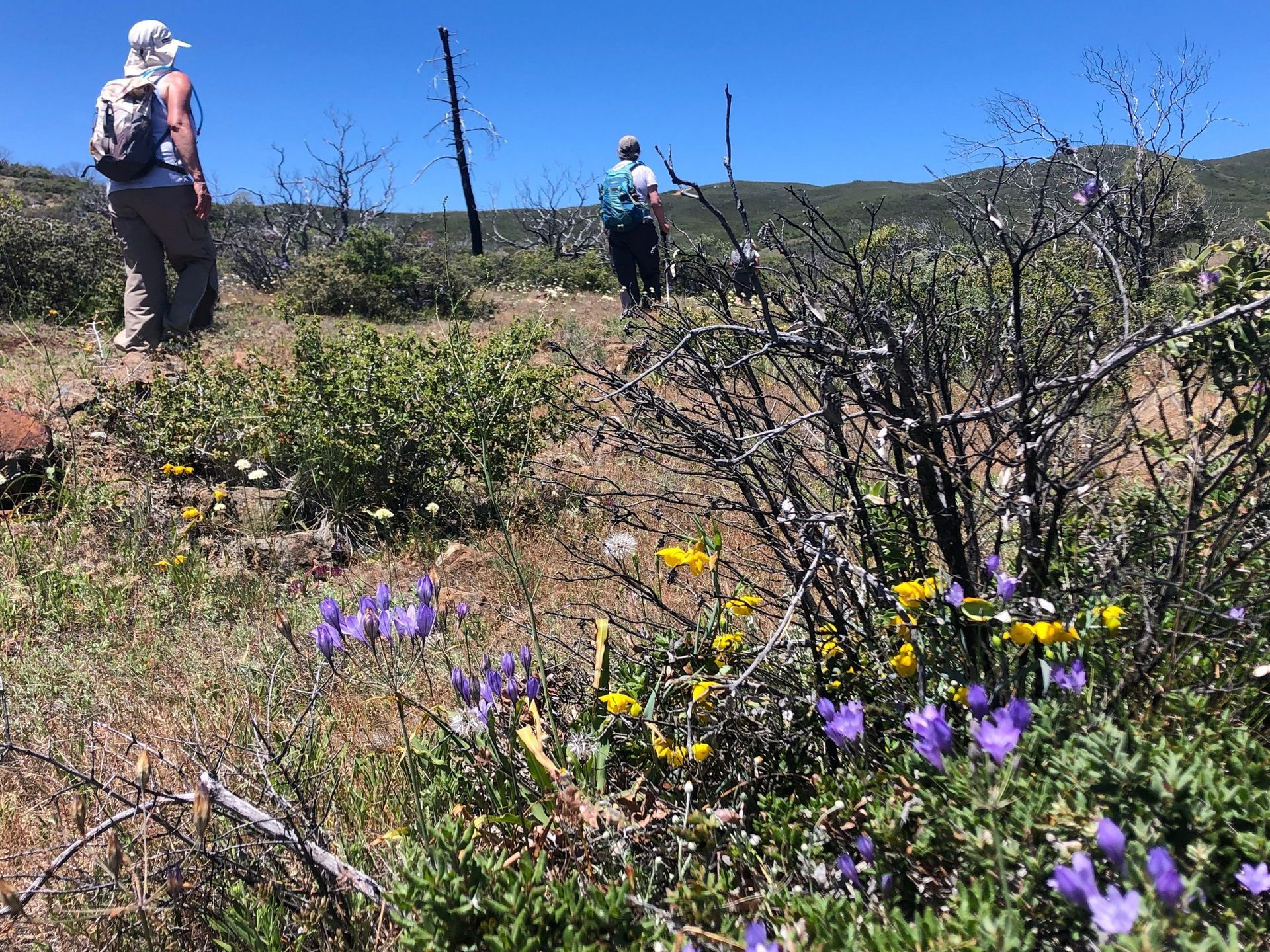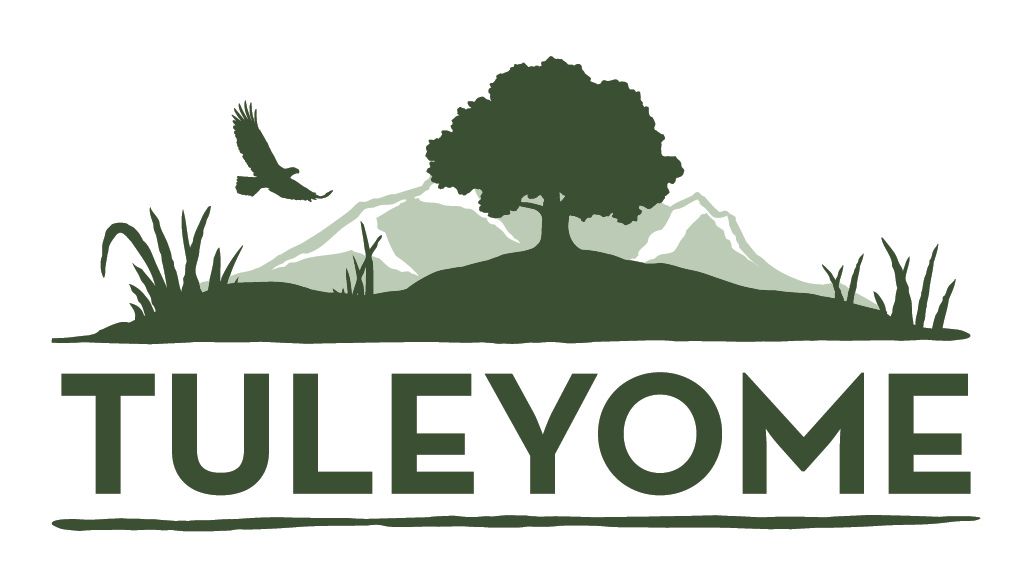por Bryan Pride
•
9 de mayo de 2025
Across the country wildfires are increasingly more catastrophic; growing larger, spreading faster and burning longer than before. Nationwide, the total acres burned rose dramatically from 2.7 million in 2023 to nearly 9 million in 2024 . California is averaging more than 7,500 wildfires annually . Not including the recent Los Angeles fires, six of the top ten most destructive fires, three of the five deadliest fires, and all of the state's nine largest fires have occurred since 2017. It is unsustainable for both California and the country to continue burning at this magnitude. This leaves us with the question: "What can be done to solve the wildfire problem?" In response to this growing crisis, lawmakers are taking action. Congress is advancing different versions of the Fix Our Forests Act ( FOFA ) in the Senate and House of Representatives. How these bills progress and the opportunities to amend, change or improve these bills are constrained by the different processes in the House and the Senate. The House of Representatives The House of Representatives version of FOFA, (H.R. 471) , was introduced by Representative Bruce Westerman (R-AR) in January 2025 with 43 bipartisan cosponsors, including several from California. With a stated goal to expedite forest management activities under NEPA. H.R. 471, it significantly reflects Executive Order 14225, "Immediate Expansion of American Timber Production" (March 1, 2025). While the legislation takes some important steps, there are also significant concerns regarding rollbacks of environmental protections and judicial review. FOFA , H.R. 471, establishes an interagency Fireshed Center overseen by the Department of the Interior and U.S. Forest Service comprised of 15 agencies, administrations, departments and bureaus to gather data, provide guidance and work with states and tribes. It sets up a process to designate “fireshed management areas” and expands projects exempt from full reviews from 3,000 – 10,000 acres. The bill heavily favors logging as a form of fire management, but also embraces prescribed burns and prioritizes reforestation and restoration projects. H.R. 471 grants numerous “categorical exclusions”, exempting areas and projects from review under the National Environmental Policy Act, Endangered Species Act and National Historic Preservation Act. H.R. 471 also fast-tracks environmental review and consultation. At the same time, the Administration is significantly gutting personnel and expertise through DOGE and its budget. H.R. 471 alters the judicial process. H.R. 471 limits when a court can grant injunctive relief. What is injunctive relief? That is the ability of the court to say: “Stop doing what you are doing.” Or slow it down, or change it, while we figure this out. It is common. Removing it is unusual. H.R. 471 limits the court’s ability to order corrective actions, limits plaintiff’s ability to sue, limits the court’s ability to require additional data from an agency and allows the challenged activities to go forward while under review. H.R. 471 also decreases the statute of limitations (the time that someone has to sue) from 6 years to 120 days. Much concern was expressed over the expansion of categorical exclusions, the change in judicial review procedures and timelines and fast-tracking of proposals. However, there was no opportunity to address any of these issues. When a bill is introduced in the House of Representatives, much like in the Senate, it is assigned to a committee with subject matter expertise. Committees study bills, hold hearings and gather testimony from experts. Committees hold mark-up sessions to debate and make changes to the bill through amendments. When a House of Representatives Committee passes a bill, it sends the bill to the House Rules Committee. The House Rules committee determines the form of the bill, which amendments will be allowed, how long folks will have to speak, or not, and when the bill moves. The House Rules Committee is run by the party in power, by the majority party. The Rules Committee is heavily tilted to favor the majority party, giving it full control over the floor of the House or Representatives. The Rules Committee has nine members of the majority party, Republicans, and 4 members of the minority party, Democrats. There is no comparable Committee in the Senate. No committee hearings or mark-ups were held on H.R. 471. Only three amendments and only one hour of debate were allowed. In the House of Representatives, a simple majority vote is necessary for bill passage. In January 2025, the H.R. 471 passed the House of Representatives on a vote of 279-141 without a hearing or mark-up and with scant debate. In the Senate Now, attention has turned to the Senate, where Senators Curtis (R-UT), Hickenlooper (D-CO), Sheehy (R-MT) and Padilla’s (D-CA) version of FOFA , S. 1462 , introduced in April, is making its way through the Senate process. The bill’s stated goal is to improve forest management on BLM and USFS lands. Similar to the House of Representatives, when a bill is introduced in the Senate, it is assigned to a committee for study, hearings, expert testimony, a mark-up session and amendments. In fact, the Senate Agriculture Committee has already begun reviewing the legislation, holding a legislative hearing on S. March 6 . The next step will be a mark-up in committee, where we can expect to see robust debate. If the Committee decides to move forward with the bill, it sends it to the full Senate. If a committee does not send the bill to the Senate, the bill dies in committee. Once a bill is released from committee, the Majority Leader of the Senate is responsible for deciding when to send the legislation for a vote. There is no Rules Committee. At this stage of floor consideration and debate is when there is the most significant difference in the legislative process between the House and the Senate. During floor consideration, a senator or group of senators can exercise their right to unlimited debate through a filibuster, which can keep legislation off the floor indefinitely. Once a debate is closed through cloture, the Senate can move to a final vote on the bill, which requires a simple majority of 51 votes. A bill on the Senate floor requires only 51 votes to pass after a debate has ended, but it takes 60 votes to cut off debate through a process called "cloture." If 60 Senators vote in favor of ending the debate, it will move to a final vote. Because of the razor thin margin in the Senate – 53 Rs, 45 Ds and 2 Independents – Republicans will need Democrats to vote with them to stop debate and advance FOFA to a vote. The requirement for broader consensus often means that legislation passed by the Senate has undergone more compromise. This provides an opportunity for the minority party to shape the bill that is not present in the House of Representatives. Thus, the Senate version of FOFA, S. 1462 , represents a significant improvement over the House version. It too sets up “fireshed management areas” and calls for fireshed assessments, albeit based on different criteria than the House version. A centerpiece of S. 1462 is the establishment of Wildfire Intelligence Center staffed by wildfire experts, technical leads, and indigenous leaders and governed by a Board of 16 agencies, administrations, departments and bureaus. The legislation removes historical barriers that previously prevented foresters, fire teams, and indigenous communities from implementing these preventative practices, allowing for more proactive management across all phases of wildfire prevention, response, and recovery. These centers create opportunities for multifaceted approaches throughout the entire fire management cycle, from prevention to rapid response to restoration. The Senate version also retains more authority for environmental reviews and judicial action. While the S. 1462 retains greater environmental review under NEPA and the National Historic Preservation Act, it also rolls back ESA reviews of land management plans and other environmental reviews depending on acreage. S. 1462 too limits injunctive relief, although not as significantly as the House version. S. 1462 leaves untouched other aspects of judicial review. The Senate version of FOFA has garnered bipartisan support from leaders of the Republican and Democratic parties, as well as from California Governor Gavin Newsom, California Natural Resources Secretary Wade Crowfoot, and CAL Fire Director and Fire Chief Joe Tyler. Next Steps for the Legislation If the Senate passes a version of FOFA that is different from the House version, which is highly likely, a conference committee will be formed with members from both the House and the Senate to reconcile the differences. After the conference committee reaches agreement on a bill, both chambers must vote again to approve the reconciled bill before it can go before the President to be signed into law. Tuleyome will continue to keep you updated on the Fix Our Forests Act s. We hope to see real-time action and solutions to improve the fire resilience of our communities and our forests and improve forest health and wildfire management. Co-Authored by Bryan Pride and Sandra Schubert








